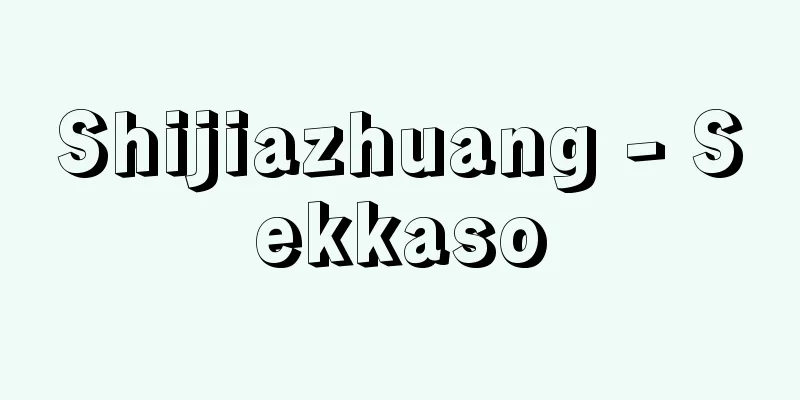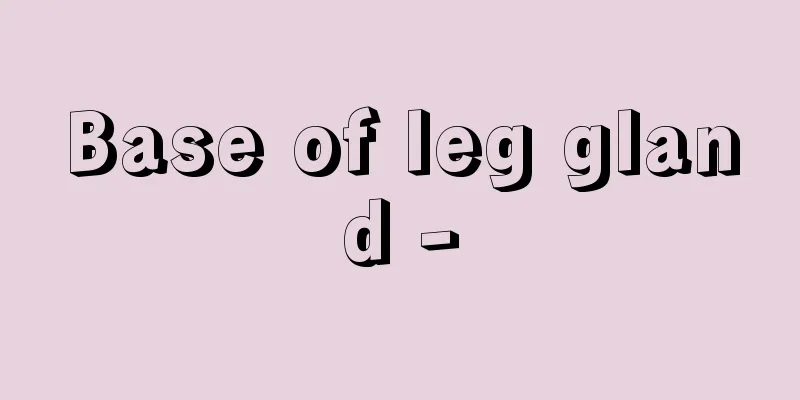Leonid Il'ich Brezhnev

|
Soviet politician. Born December 19 in Kamenskoye (now Dnepropetrovsk), Ukraine, to a family of steelworkers. He began working at the age of 15, and joined the Young Communist League in 1923. After graduating from the Kursk Agricultural School in 1927, he worked in the countryside, and joined the Communist Party in 1931. In 1935, he graduated from the Metallurgical University in his hometown and became a steelworks engineer. After being elected deputy mayor of Dnepropetrovsk in 1937, he devoted himself to politics, and in 1939 he became secretary of the Dnepropetrovsk Oblast Party Committee. During World War II, he led military political activities, and after the war he was involved in party activities in Ukraine and Moldova. He was elected a Central Committee member at the 19th Party Congress in 1952, and became a candidate executive member and secretary of the Central Committee of the Party. After Stalin's death in 1953, Brezhnev was temporarily demoted, but returned to the party at the 20th Party Congress in 1956, and became a member of the Central Committee in 1957. After Khrushchev's downfall in 1964, he became First Secretary of the Central Committee, Secretary General in 1966, and Chairman of the Presidium of the Supreme Soviet of the Soviet Union in 1977, becoming the highest leader of the Soviet Party and state. In 1977, he played an important role in drafting the Constitution that defined the Soviet Union as a developed socialist society. He died in November 1982 while still in office, but after his death, Brezhnev was criticized and held responsible for the decline in the Soviet Union's economic growth rate and social, spiritual, and ethical shortcomings from the 1970s to the 1980s. He is buried in Moscow's Red Square. [Osamu Nakanishi] "Brezhnev Anthology 1 & 2" translated by the Brezhnev Anthology Translation Committee (1978, Moscow, Progress Publishing House)" ▽ "The Soviet Union under the Brezhnev Regime" by Takayuki Nakazawa (1975, Simul Publishing Co.) ▽ "Brezhnev" by John Dornberg, translated and supervised by Akio Kimura (1978, Asahi Evening News Co.)" [References] | |Source: Shogakukan Encyclopedia Nipponica About Encyclopedia Nipponica Information | Legend |
|
ソ連の政治家。12月19日、ウクライナのカメンスコエ(現ドニエプロジェルジンスク)の製鉄労働者の家庭に生まれる。15歳のときから働き始め、1923年に青年共産同盟に入る。1927年にクルスク農学校を卒業後農村で働き、1931年に共産党に入党。1935年に郷里の冶金(やきん)大学を卒業し製鉄技師となる。1937年にドニエプロジェルジンスク市長代理に選ばれてから政治活動に専従し、1939年にはドニエプロペトロフスク州党委員会書記となる。第二次世界大戦中は軍の政治活動を指導し、戦後はウクライナやモルドバで党活動に従事。1952年の第19回党大会で中央委員に選ばれ、党中央委幹部会員候補兼書記となる。1953年のスターリン死後一時格下げされたが、1956年の第20回党大会で返り咲き、1957年には党中央委幹部会員となる。1964年のフルシチョフ失脚後、党中央委第一書記、1966年からは書記長となり、1977年からはソ連最高会議幹部会議長を兼務し、ソ連の党と国家の最高指導者となる。1977年には、ソ連を発達した社会主義社会と規定する憲法を制定するうえで重要な役割を果たした。在職のまま1982年11月に死去したが、死後ブレジネフに対する批判がおこり、1970年代から1980年代にかけてのソ連の経済成長率の低下や社会的・精神的・倫理的な欠陥についての責任が問われた。遺体はモスクワの「赤の広場」に埋葬されている。 [中西 治] 『ブレジネフ選集翻訳委員会訳『ブレジネフ選集1・2』(1978・モスクワ、プログレス出版社)』▽『中沢孝之著『ブレジネフ体制のソ連』(1975・サイマル出版会)』▽『ジョン・ドーンバーグ著、木村明生監訳『ブレジネフ』(1978・朝日イブニングニュース社)』 [参照項目] | |出典 小学館 日本大百科全書(ニッポニカ)日本大百科全書(ニッポニカ)について 情報 | 凡例 |
<<: Fréjus - Fréjus (English spelling)
Recommend
Hikami [town] - Hikami
An old town in Hikami County, central Hyogo Prefec...
Cassendi - Cassendi
...The ancient Egyptians believed that blood repr...
Sakashita [town] - Sakashita
A former town in Ena County, eastern Gifu Prefectu...
Akatsuki Kanbayashi
Novelist. Born in Kochi Prefecture on October 6, ...
Cedrus
...The family Pinaceae consists of 10 genera and ...
Astronomical sign - Tenmonfugo (English spelling) Astronomical sign
These are symbols used in astronomy to represent c...
Signature
As the literal meaning of "to write" or...
Peace - Heiwa (English) Heiwa Corporation
Official company name: Heiwa Co., Ltd. English com...
Aunis - Aunis (English spelling)
The old name of a French province facing the Atla...
Ichigyo-ji Temple
A cultivar of maple. The leaves are large, about 1...
Skinned Whale - Kawakujira
〘 noun 〙 The fat part under the skin of a whale. I...
Folk taxonomy (English spelling)
...The scope of research has expanded from the or...
Evren, K.
...After 1978, Turkey was economically bankrupt. ...
Odra [river] - Odora
→Oder [River] Source : Heibonsha Encyclopedia Abou...
Hanging ball - Kakedama
...However, this "fukidama" does not me...









